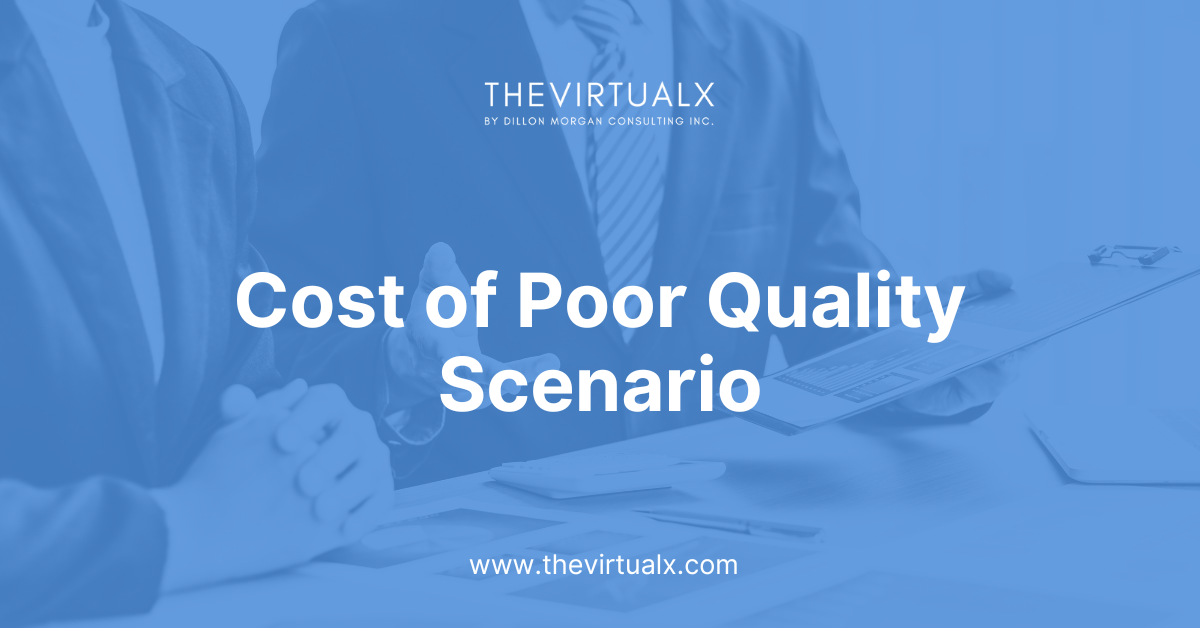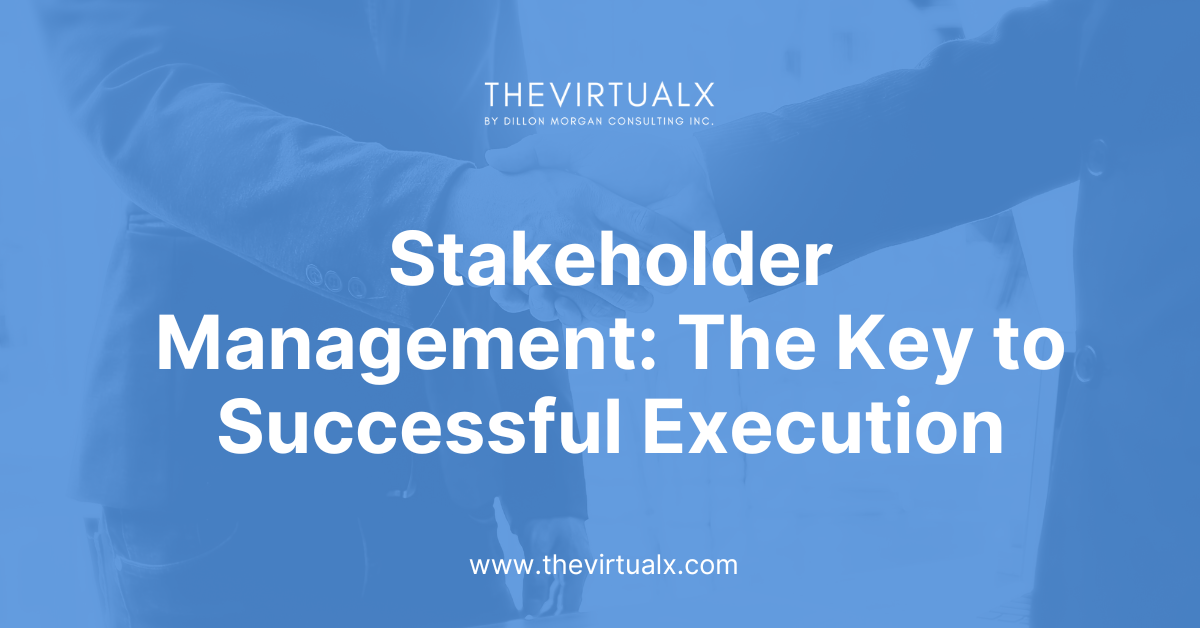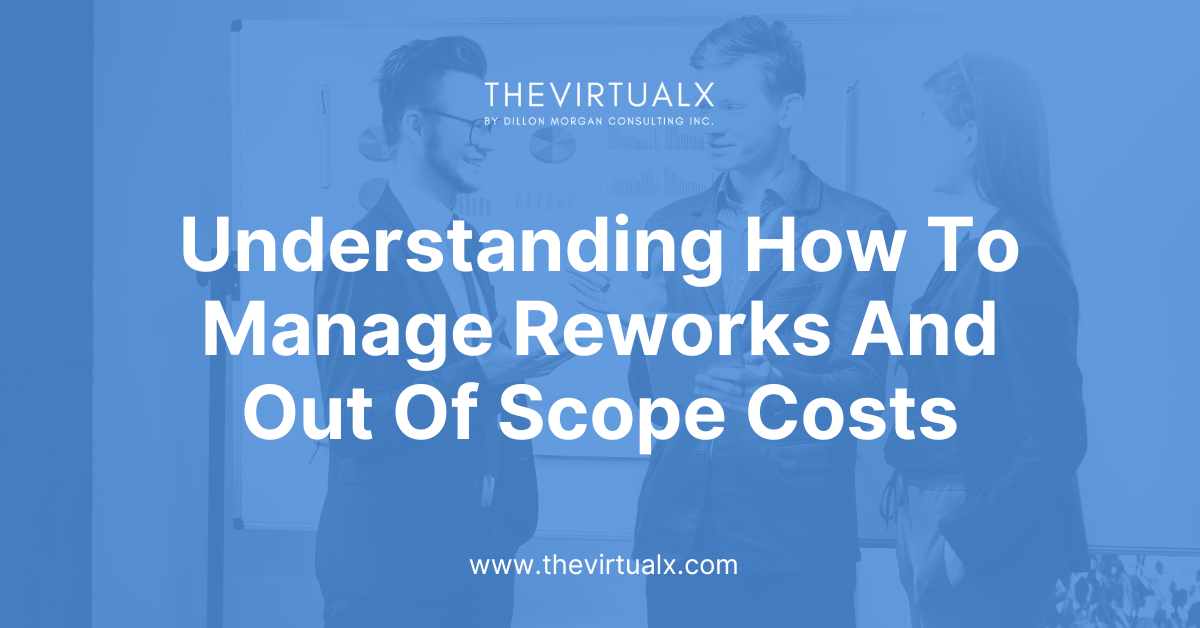I see the question from time to time, “Am I charging too high or too low?” If I charge X then I might lose customers, so I think I’ll just go ahead and charge Y”.
The key here is understanding how pricing models work so that you don’t hurt your business along the way. The service industry overall is trying to move from a Cost Plus model Pricing into Value Based Pricing, but unless you understand what it costs you to deliver the work, then you’re at a disadvantage when competing.
You could win the job, but get stuck as a worker but not scale as a business owner. When this happens, you simply get stuck seeing money coming in one door but leave out the other door.
Here’s what I mean. Let’s first define a few variables/models:
1. Cost Plus Model:
This is where you the business owner accounts for what it will cost you to deliver a service. For example, lets say it takes 1 person 4 hours to clean a 4000 Sqft House.
If you had to pay this person, lets say it’ll cost you $25/Hour, now you would paid out $100 for the labor alone. Then it’ll cost you perhaps $10 for the gas and mileage to the customers house. Then it probably costs you $5 in cleaning materials to clean this house. Under this same model, I would like to encourage you as a small business owner to consider converting your overhead cost into a billable rate to add to your Cost plus model. Here you’ll now take your overall overhead costs like phone, and other items into a per hour rate.
For example: If all you have is a phone at $150 a month, and a vehicle at $500 a month, then take $650/160 Working Hours = Then it costs you $4/Hr to stay in business.
And so for this Job, it costs you $100 (Labor) + $10 (Gas/Mileage) + $5 (Materials) + $16 (Overhead rate) = $131
So now if you charge your customer $130, then technically you just paid your customer $1 to do the job for them.
Therefore you now would account for your profit % that you can charge for this job. Let’s say you want to charge 45%. Then you’ll account for ($131 Cost to you + $131 X (0.45)) = $190
Therefore $190 Would be your price using the cost plus model, and the variables above.
Let’s now understand a second element to consider:
2. Market Price:
This is what people in the industry would charge for the same job. In most cases, they’ve taken the Same formula, and broke it down by Square feet to standardize the pricing. Take the price above for example: $190 price / 4000Sqft, gives you $0.0475, almost 5 Cents per Square Feet.
Now naturally companies who’ve been in the industry a while have grown and hired even more management and have more overhead costs to add to their pricing models and can’t afford to price the same way you can as a 1-5 person army. Most of them get to set market pricing because of the brand they’ve established in the business. So let’s say they cannot afford to do the job for less than 8 Cents per job. Well this means, they can clean the same space for $320.
So here’s the fun part, and everyone charging market prices would probably hate me for this part.
Takeaway: You can technically charge from your cost Plus Profit Model price, all the way to the market price because in the day of the internet, anyone can build a strong brand 🙂
All the Best.
#Note: You may also consider speaking with your CPA to understand how to account for your Taxes in your pricing model










